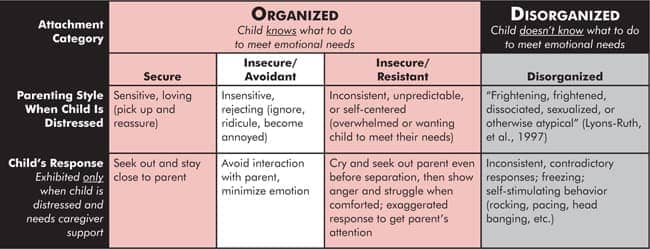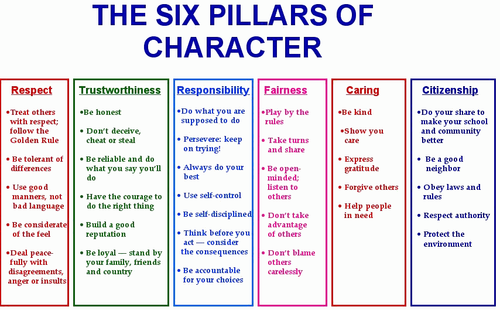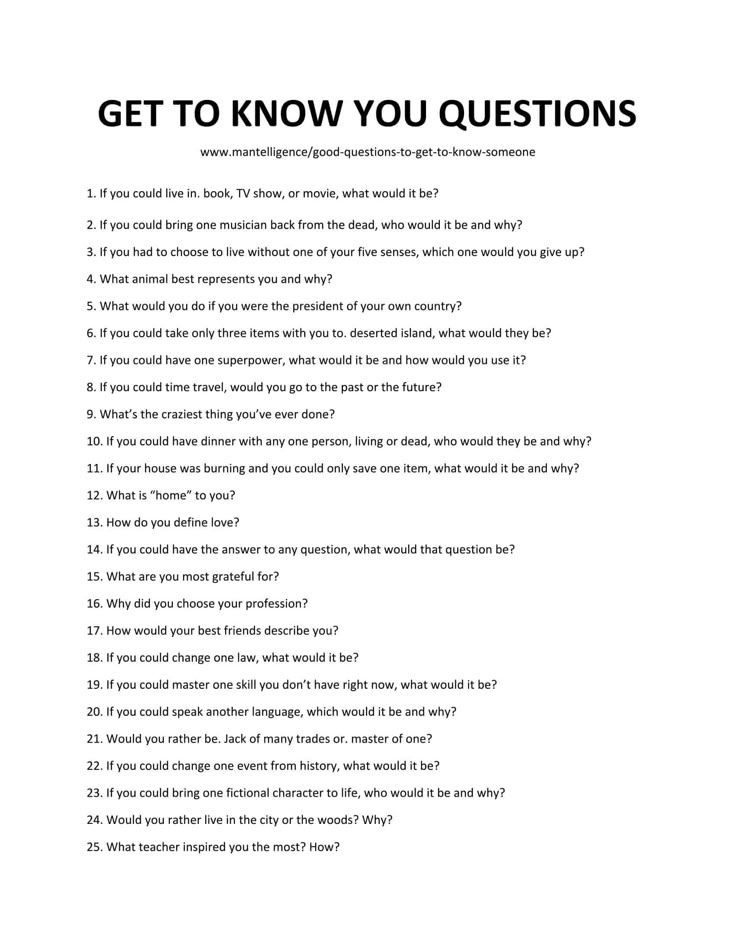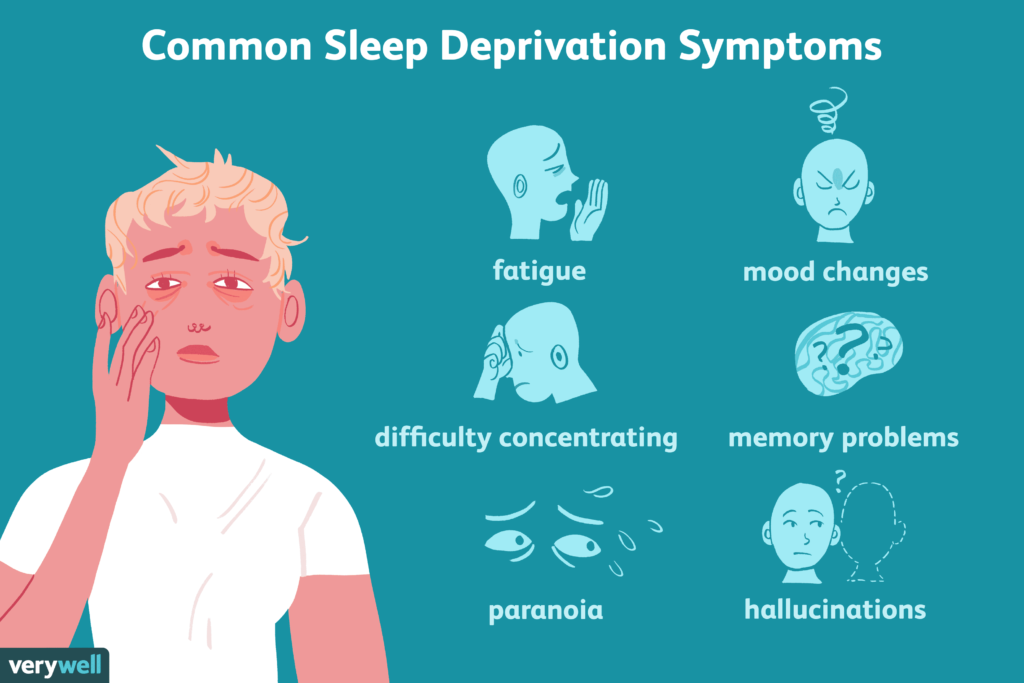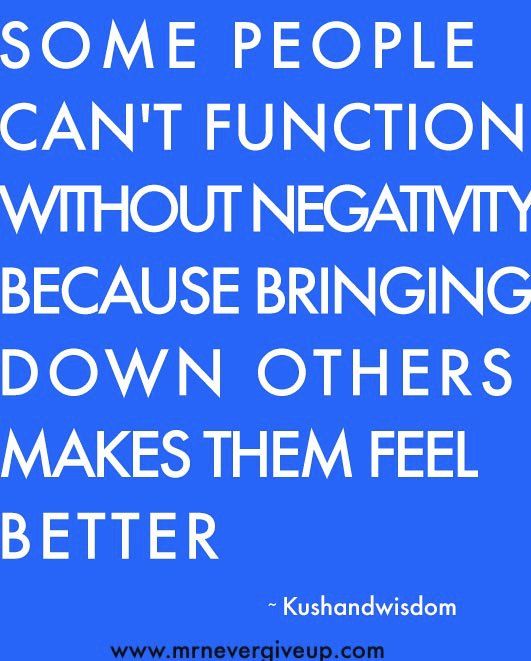What is disorganised attachment
Disorganized Attachment: Definition, Causes, Prevention
When babies are born, they’re completely dependent on their caretakers for survival.
It’s this dependence that hardwires humans to seek connection and develop attachment to the people who will help them survive: their parents or primary caregivers.
As a baby grows and develops, how their caretakers respond to and meet — or don’t meet — their needs will inform whether they develop a healthy, organized attachment or an unhealthy, disorganized attachment.
When a baby or child has developed an organized attachment to their caregiver, their caregiver provides a safe, secure base for them.
The child knows they have somewhere and someone safe to return to, someone who will always strive to meet their needs. This allows them to feel confident venturing out independently and taking chances as they explore the world.
When a baby or child has developed a disorganized attachment, their caregiver hasn’t created a safe, secure base for them to confidently return to.
Instead, they may have created a relationship with the child in which the child loves and cares for them, but also fears them.
This leaves the child consistently unsure of how the caregiver will respond to their needs. A child’s instincts are thus conflicted. They’re hardwired to seek support and security from their caregiver, but they’re also scared of them.
Disorganized attachment develops from a parent’s consistent failure to respond appropriately to their child’s distress, or by a parent’s inconsistent response to their child’s feelings of fear or distress.
For example, a child might be distressed to be left with a new babysitter or unfamiliar caregiver. Instead of soothing the child or providing support, the parent might yell at the child or attempt to use fear or intimidation in an effort to get them to stop crying.
Alternatively, the parent might speak reassuringly, but avoid physical contact or true connection.
In another example, the child might be afraid of being left alone in bed at night.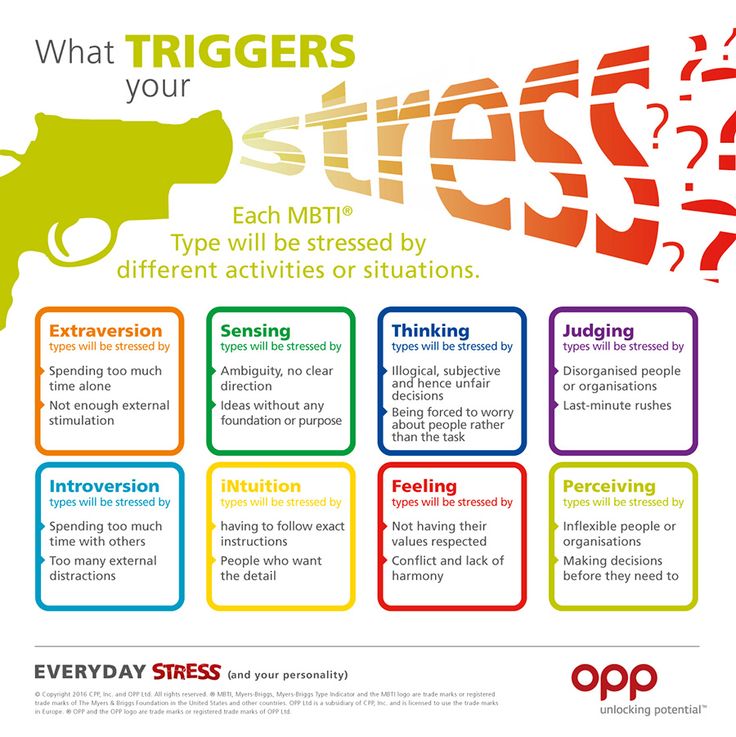 They might cry out for the parent. While the parent might sometimes respond with kindness and support, they might at other times:
They might cry out for the parent. While the parent might sometimes respond with kindness and support, they might at other times:
- ignore their cries for long periods
- never respond
- respond by yelling or mocking the child’s fears
Disorganized attachment is often the result of intergenerational parenting patterns. This means parents are responding to their children in the same unhealthy ways their own parents responded to them when they were children.
Parents might recognize disorganized attachment in their baby or child if they seem constantly on edge.
They may consistently crave the attention of their parents or caregivers but then frightfully respond to that attention. Parents might also note their child responds to their presence with tears, avoidance, or another fearful response.
Attachment experts have conducted a number of experiments to learn more about attachment in babies and children.
In one older experiment, researchers asked parents to briefly leave the room while their babies played.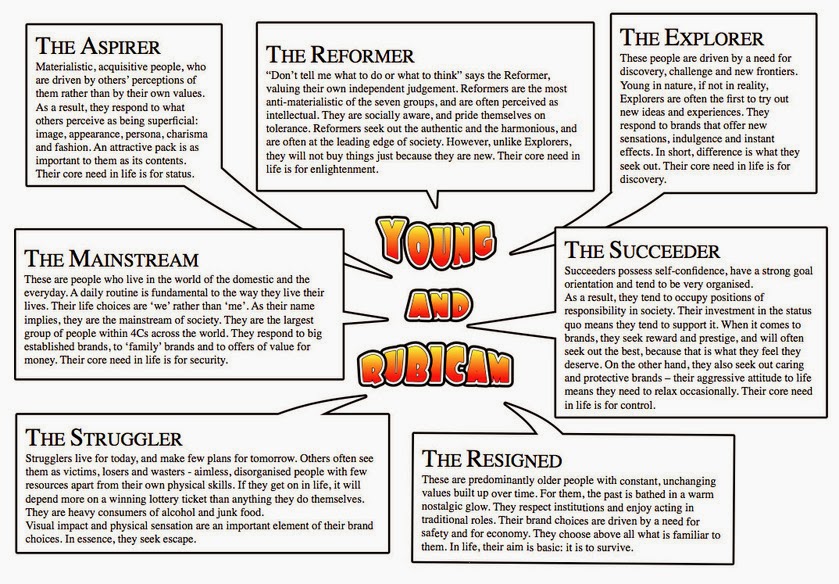
Babies with an organized attachment to their parent cried or became upset when they left, but then calmed quickly when their parent returned and began to soothe them.
Babies with a disorganized attachment also often cried when their parent left the room. However, upon their return, they either continued to cry or ran toward and then away from them, or had trouble calming down no matter the parent’s response.
These babies with disorganized attachment were distressed when their parents left, but they remained distressed when they returned. They both craved and feared their parents.
Parents who foster a disorganized attachment in their children often respond to their distress without the calm, soothing temperament that would foster a secure attachment.
They may also send mixed signals: one moment soothing, the next angry or overwhelmed.
Instead of attending to their child’s needs, they might respond to their child’s fear or distress by:
- laughing at a child’s fears or tears
- yelling at a child to stop crying
- sometimes responding to a child’s cries, but ignoring them for long periods at other times
- briefly soothing a child before losing patience and yelling or intimidating the child
- mocking a child in distress
If you’re concerned about a disorganized attachment forming between you and your child, it’s important to seek help.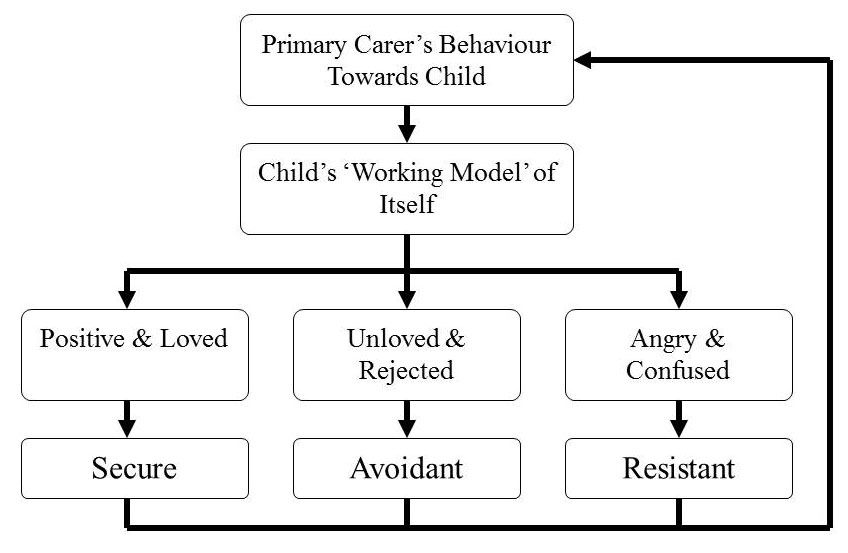 This sort of attachment may have lifelong negative consequences if not addressed.
This sort of attachment may have lifelong negative consequences if not addressed.
If you recognize any of the signs of disorganized attachment in your family, a therapist can help you untangle the parenting patterns that led to it. They can help you develop the tools you’ll need to create strong, positive attachments in your family structure.
Therapists focusing on attachment will often work individually with the parent to help them understand their own unresolved fears. They’ll help the parent make sense of the way they related to their own caregivers when they were children.
They can also work with the parent and child as a team to help them develop new, healthier ways of relating to one another. This sort of parent-child therapy often involves the therapist guiding a parent through soothing a child in distressing situations.
A therapist can also focus on helping develop a range of coping skills to avoid becoming overwhelmed. They can help the parent recognize and respond to their own emotions as they relate to parenting and attachment.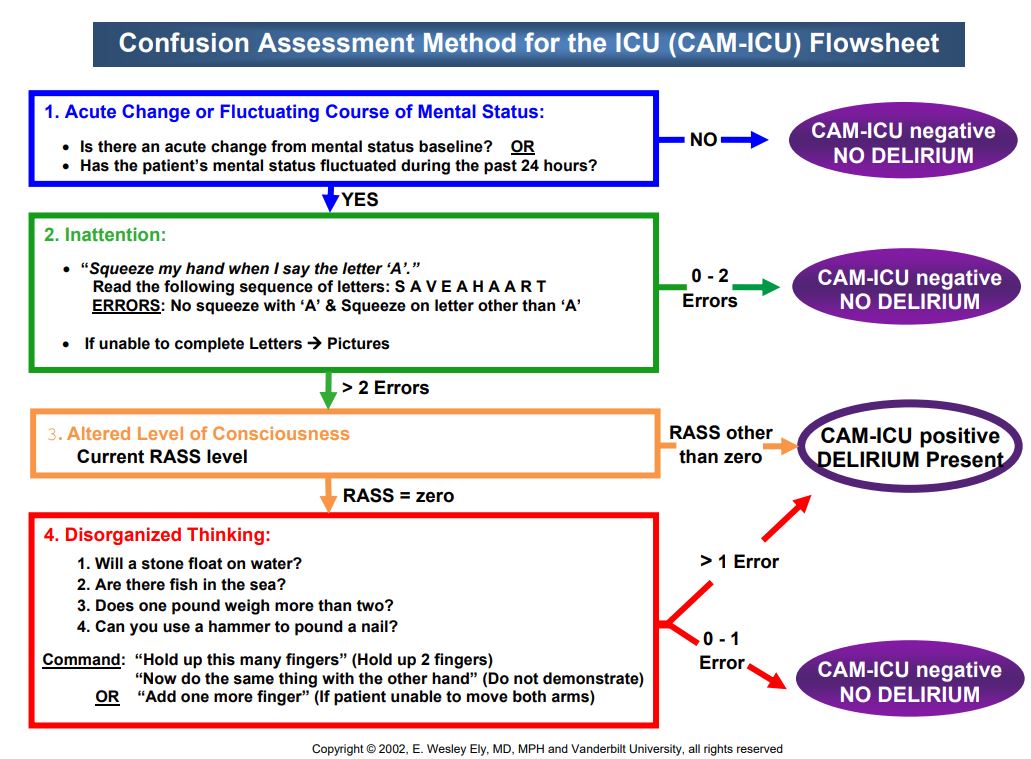
While disorganized attachment may be difficult to treat, it is preventable. Parents can work to prevent disorganized attachment by recognizing they may have lingering issues from childhood and seeking counseling before the start of, or early in, their parenting journey.
Parents can also work to develop appropriate responses to their child’s distress. Group or individual therapy can help develop these responses. Support from friends, relatives, and a partner can help, too.
Developing positive parenting patterns is an important part of preventing disorganized attachment. While it may be more or less difficult for different people, it’s possible even for those who didn’t grow up with an organized attachment to their own parents.
While parents are right to be concerned about developing a healthy, organized attachment with their children, it’s important to note that attachment is formed over time. No one interaction will shape a child’s entire attachment style.
It’s normal to become overwhelmed by parenting from time to time, or to respond to children in ways we might later recognize as less than ideal.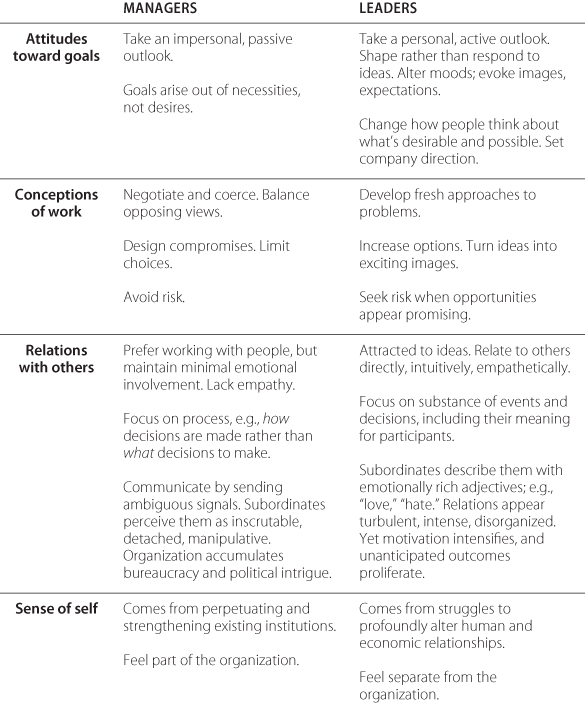
But as long as we’re striving to be kind, empathetic, and respond appropriately to our child’s distress, the chances of raising a child with a secure, organized attachment are very likely.
Julia Pelly has a master’s degree in public health and works full time in the field of positive youth development. Julia loves hiking after work, swimming during the summer, and taking long, cuddly afternoon naps with her sons on the weekends. Julia lives in North Carolina with her husband and two young boys. You can find more of her work at JuliaPelly.com.
Everything You Need to Know
All you need to know about disorganized attachment
The most difficult type of insecure attachment is the disorganized attachment style. It is often seen in people who have been physically, verbally, or sexually abused in their childhood.
A disorganized / fearful-avoidant attachment style develops when the child’s caregivers – the only source of safety – become a source of fear.
In adulthood, people with this attachment style are extremely inconsistent in their behavior and have a hard time trusting others.
Such individuals could also suffer from other mental health issues, such as substance abuse, depression, or borderline personality disorder. This attachment style can be changed with proper treatment, although the process might be challenging.
We will cover the most common questions around disorganized attachment:
- How does attachment form in early childhood?
- How do children develop insecure attachment styles?
- What specifically causes disorganized attachment in children?
- How do children with disorganized attachment react to their caregivers?
- What are relationships with disorganized adults like?
- Can you change a disorganized attachment style?
- How to heal from disorganized attachment?
For starters, how does attachment form in early childhood?
As soon as a baby is born, he or she starts bonding with his or her caregivers – usually parents.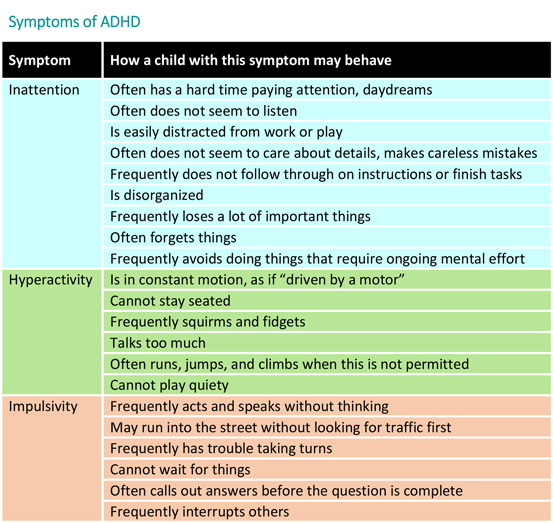 For the first few years, the baby is entirely dependent on them.
For the first few years, the baby is entirely dependent on them.
The caregivers, on the other hand, are responsible for the child’s primary physiological (food, shelter, etc.), as well as emotional (soothing, loving, caring, etc.) needs.
If they are sensitive towards and attuned to these needs, the child builds a secure attachment with the caregivers, whose presence equals safety.
The child learns indirectly, that he or she can rely on, and thus, trust other people. A secure and stable attachment is formed.
In some cases, however, the child perceives that his or her needs are not met and that the caregivers are not emotionally available or responsive when the child seeks their attention, affection, or support. As a result, the child is unable to form a secure bond.
The problem with insecure attachment during childhood is that it often cannot be left behind. It does not simply go away over time, with growing up.
Early attachment experiences do shape attachment styles.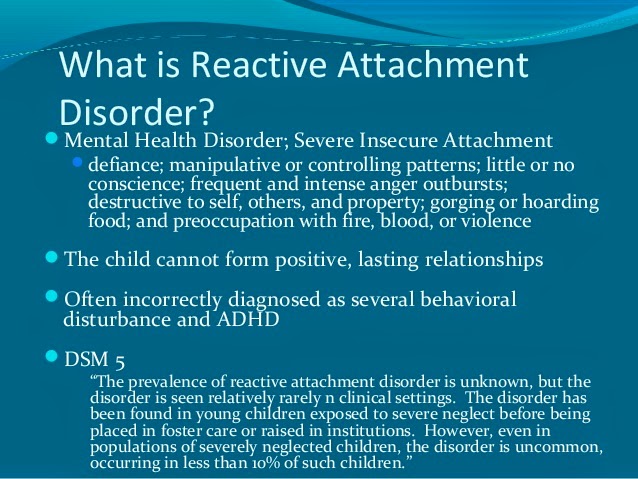 So the way we experience our first social bonds with caregivers will determine the way we view and behave in relationships in the future.
So the way we experience our first social bonds with caregivers will determine the way we view and behave in relationships in the future.
- Anxious (or preoccupied also referred to as anxious-ambivalent in childhood)
- Avoidant (or dismissive also referred to as anxious-avoidant in childhood)
- Disorganized (also referred to as fearful-avoidant in childhood)
How do insecure attachment styles develop in early childhood?
Insecure attachment styles typically develop as a response to misattuned parenting and as a form of adaptation.
Anxious Attachment Style
For example, if a child perceives the parents as unpredictable or neglecting, the child might become overly clingy and needy. In other words, the child lacks attention and starts working harder to get it.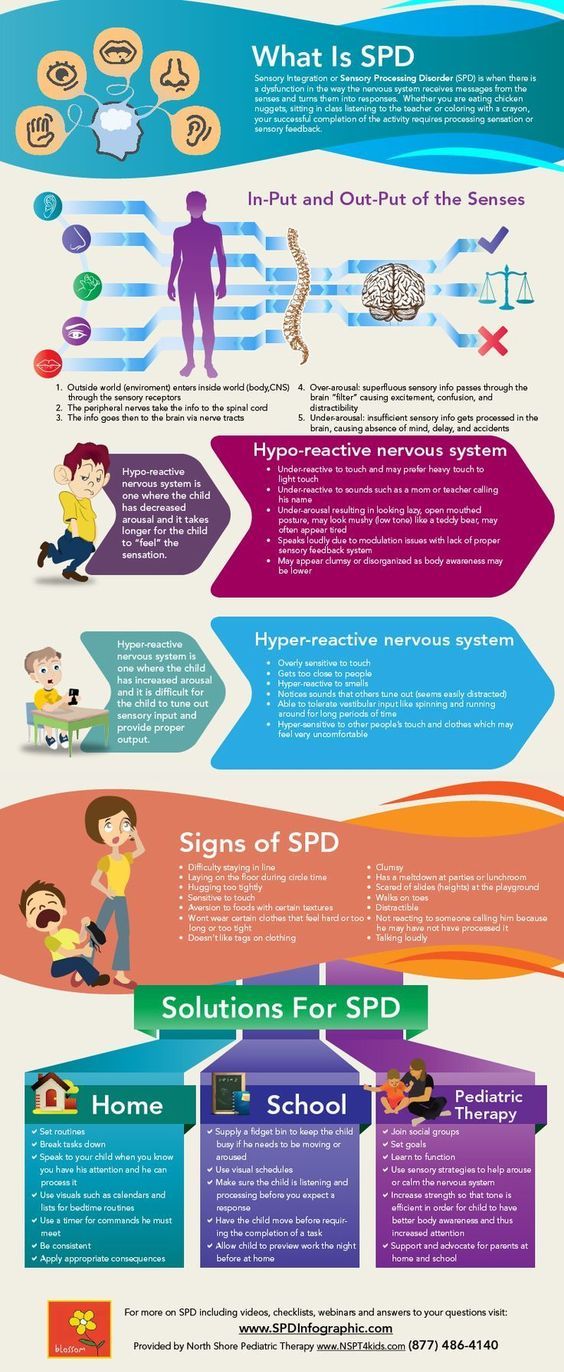
Later on in life, this child (now a teenager or adult) continues to question whether they are good enough, lovable, or worthy.
Such individuals can develop a low self-esteem and need constant reassurance from their partners. This is known as an anxious attachment style, which is characterized by a strong fear of abandonment and rejection.
Avoidant Attachment Style
If the child perceives that their emotional needs are rejected by the parents, the child stops expecting any response from their parents. Thus, the child learns that they should not express emotions openly or seek support, because they are not going to receive such.
As time goes by, such children (now grown-up) become self-sufficient and independent. Other people will reject their emotions anyway, so why bother trying to express them? This is the ‘strategy’ behind the avoidant attachment style.
Disorganized Attachment Style
We see that there is a sort of continuity and coherence in each of the two attachment styles described above.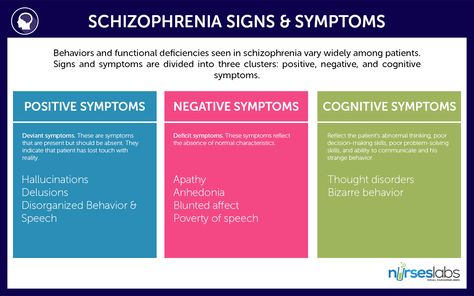
What makes the disorganized / fearful-avoidant attachment style different is that it implies a lack of coherence in the individual’s social behavior.
Most attachment specialists believe that the disorganized attachment style is the most difficult of the three insecure attachment styles to treat because it incorporates both the anxious and the avoidant styles.
What causes disorganized attachment in children?
The disorganized attachment style is believed to be a consequence of childhood trauma or abuse. Perceived fear is the central aspect of its development.
The survival of the infant/child depends on the caregivers. The child knows that subconsciously, so he or she seeks safety in the caregivers. A problem arises when the source of safety becomes a source of fear.
If the caregivers show highly contrasting behavior, which is inconsistent and unpredictable, the child can start fearing his or her own safety.
The child does not know what to expect. Nor does the child know when the caregiver will meet their needs, if at all.
Nor does the child know when the caregiver will meet their needs, if at all.
Another reason for fear is having or witnessing a traumatizing experience that involves the attachment figure.
For instance, the caregiver abuses the child (verbally, physically, or sexually) or the child witnesses the caregiver abuse someone else.
Either way, the child no longer trusts the caregiver. The child realizes that they cannot rely on caregivers to meet their physical or emotional needs. The caregivers, who should be acting as a source of safety, are not only unreliable, but they are also causing fear.
Children with a disorganized attachment style are not able to truly adapt to the caregivers’ behavior, as they never know what comes next.
Such children lack coherence in their own behavior towards the caregivers: they might seek closeness, but at the same time, reject the caregivers’ proximity and distance themselves, due to fear.
What do relationships with disorganized adults look like?
Adults with a disorganized attachment style in relationships lack of a coherent approach.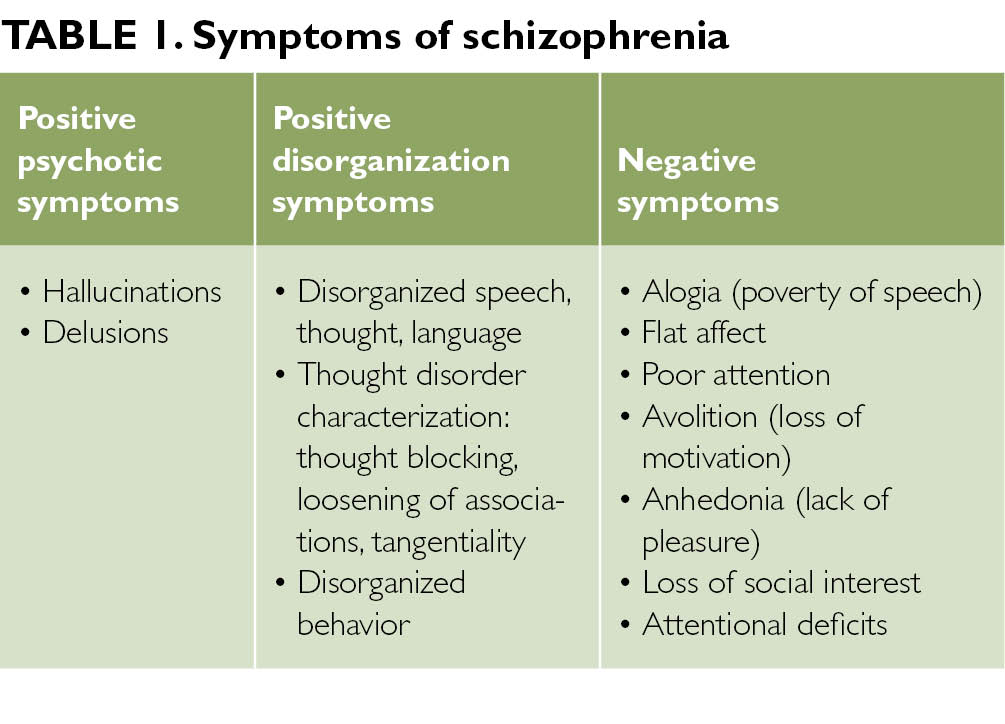 On the one hand, they want to belong. They want to love and be loved.
On the one hand, they want to belong. They want to love and be loved.
While on the other hand, they are afraid to let anyone in. They have a strong fear that the people who are closest to them will hurt them.
Adults with a disorganized attachment style fear intimacy and avoid proximity, similar to individuals with an avoidant attachment style. The main difference for disorganized adults is that they want relationships.
These adults expect and are waiting for the rejection, disappointment, and hurt to come. In their perception, it is inevitable.They do not reject emotional intimacy; they are simply afraid of it. Adults with a disorganized attachment style continue to view the attachment figure (once, their caregiver, and now, their partner) as unpredictable.
They have trouble believing that their partner will love and support them as they are. These adults expect and are waiting for the rejection, disappointment, and hurt to come.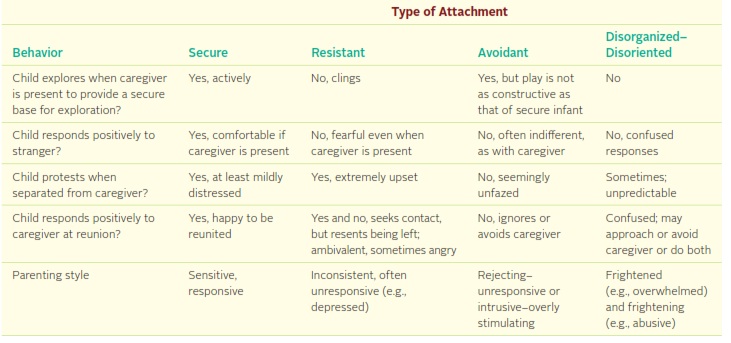 In their perception, it is inevitable.
In their perception, it is inevitable.
This mindset can turn into a form of self-sabotage, causing the disorganized adult to end a relationship prematurely.
It might also be a type of self-fulfilling prophecy. So, the disorganized adult expects and predicts that they will be rejected by their partner. Even when there are no such signs, he or she starts behaving in a way that leads to fulfilling the expectations (the end of the relationship).
It is also a self-fulfilling prophecy when an individual with a disorganized attachment style chooses partners that induce fear. Thus confirming their perception that they can’t trust other people (emotionally or physically), no matter what.
Disorganized adults tend to have a negative view of both themselves and others.They are at a higher risk of developing mental health issues, such as substance abuse, delinquent/aggressive behavior, and abuse on their own children.
Research also demonstrates a link between the disorganized attachment style in adults and borderline personality disorder.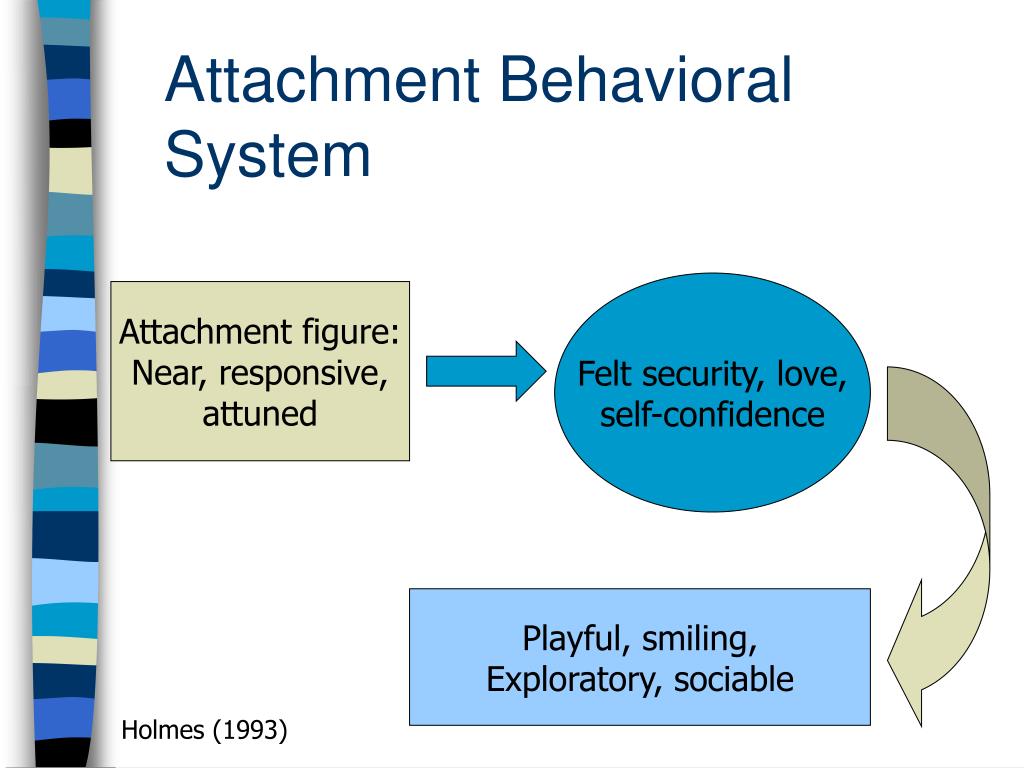
Can you change a disorganized attachment style?
Living with a disorganized attachment style is certainly not easy. Imagine playing a game that you never really understood the rules of.
You want to play with others, but no one ever taught you how. When it’s your turn, you make your move, but you never know what to expect afterwards. You keep losing without knowing why.
Fortunately, there are ways to heal. And it is important to do so for yourself, for your loved ones, and eventually, for your children.
A disorganized attachment style can cause a lot of distress and confusion when it comes to social interactions and intimacy. It can harm your relationships and lead you to lose someone you really want in your life.
Being around or with someone with this attachment style is also challenging. The unpredictability, suspicion, and lack of trust from that individual can be hurtful and frightening.
A caregiver with a disorganized attachment style raising a child is one of the key predictors of a child’s emotional development.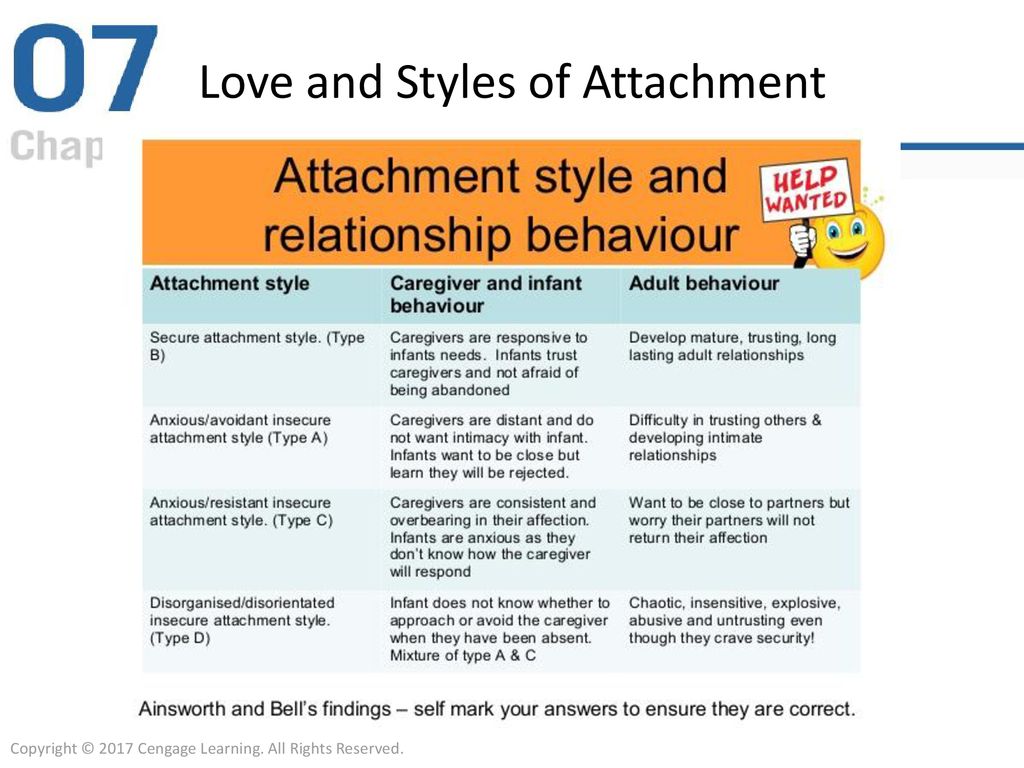
So, if you, as a parent, have an unresolved trauma or loss, you are likely to raise a child with a disorganized attachment style.
How to heal a disorganized attachment style in adults?
One of the key issues in people with this attachment style is fear of someone they trust hurting them. The easiest solution? Do not trust anyone. This, however, is not a very productive or fruitful solution.
Simply avoiding proximity will not heal the trauma or the painful childhood experiences. In order to learn to build secure relationships, you need to learn to trust people first.
This sounds easy, but for adults with a disorganized attachment style, it can be quite challenging. For this reason, it might be best to start off easy and not push yourself.
One way to start healing is by working with a psychotherapist. A therapist is someone you can trust, as he or she will offer a non-judging, accepting, calm, and predictable space for you to open up.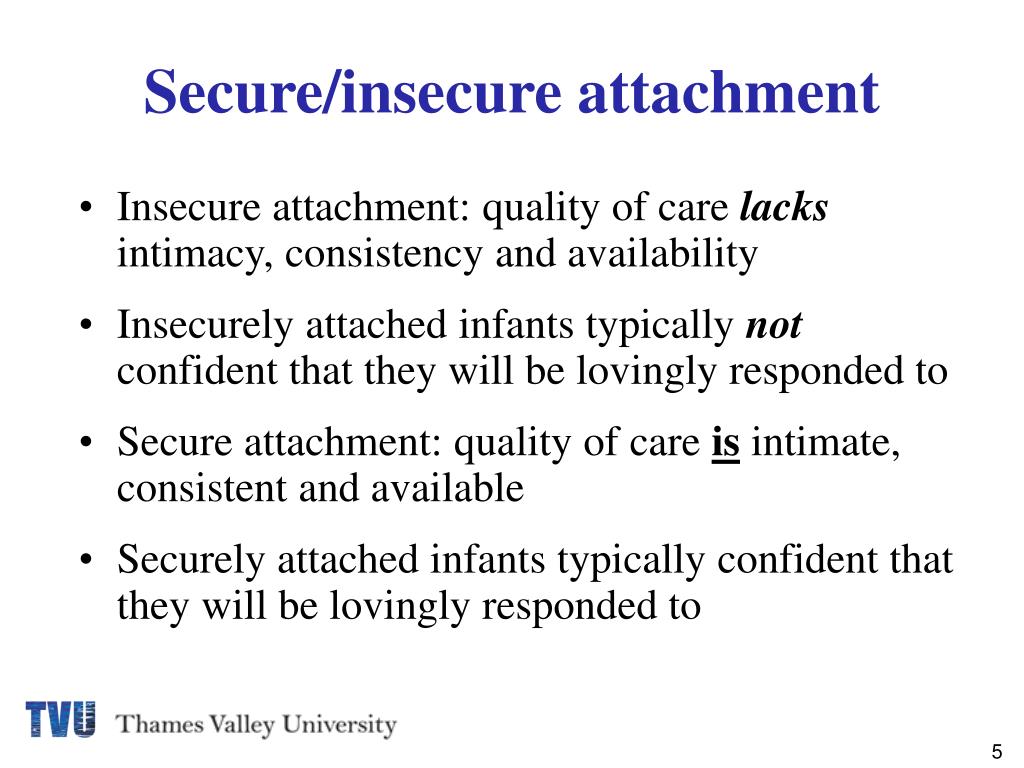
You might be able to express and make sense of your experiences, emotions, and needs in a safe environment.
Another option you could consider is trying to heal on your own. That could be a promising approach, as it does not push your limits that much. It does not require trusting a stranger right away.
We recently released our first series of attachment style digital workbooks to help guide you.
Disorganized Attachment WorkbookIf your relationships often take you on an emotional rollercoaster, this book might just be the step you need to take to begin your journey to positive change.
The disorganized attachment digital workbook includes:
- 193 pages and 36 practical exercises
- How disorganized attachment affects you in over 10 different areas of life
- Groundbreaking and up-to-date research on disorganized attachment
- An easy-to-digest intro to attachment theory
- Case studies, summaries, and reflection sections
Empower your Instagram feed
If you liked this post and want to learn more about attachment theory, then we recommend following The Attachment Project on Instagram.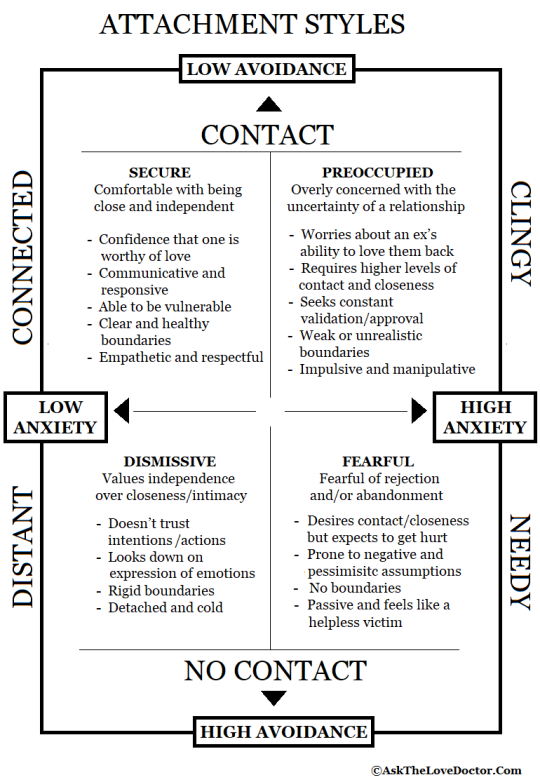 We regularly post content to help you make sense of attachment theory in various contexts.
We regularly post content to help you make sense of attachment theory in various contexts.
View this post on Instagram
View this post on Instagram
View this post on Instagram
Sources:
Ainsworth, MD, Bell, SM.(1970). Attachment, exploration, and separation: Illustrated by the behavior of one-year-olds in a strange situation.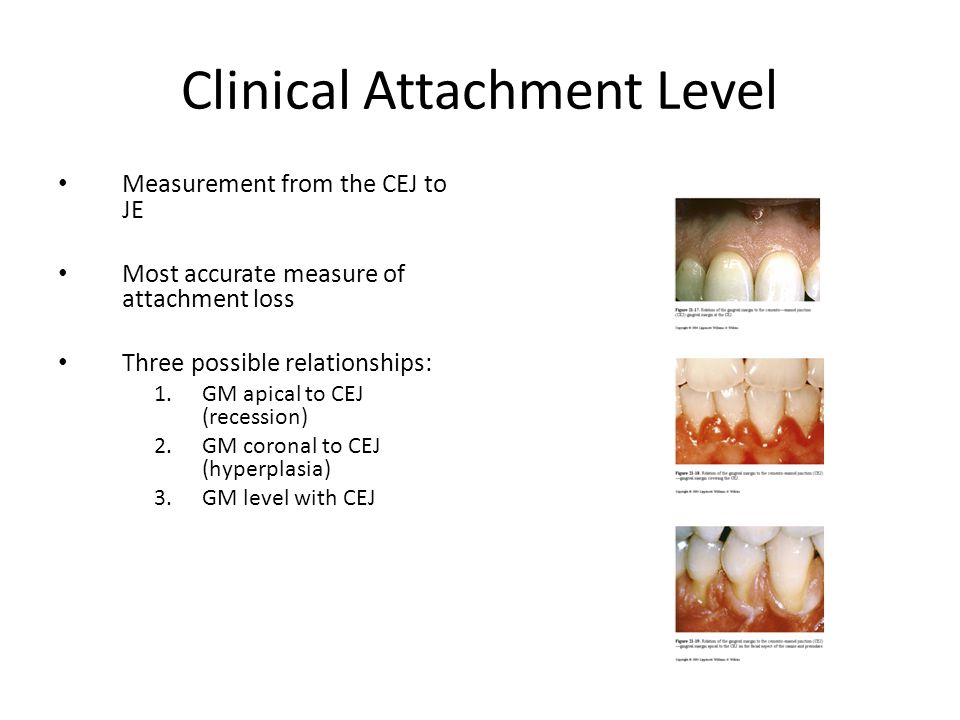 Child Development, 41(1), 49-67.
Child Development, 41(1), 49-67.
Bowlby, J.(1982). Attachment and Loss: Volume 1 Attachment. 2nd ed. New York: Basic Books.
Mikulincer, M., Shaver, P.R. (2007). Attachment in Adulthood: Structure, Dynamics, and Change. Guilford Press.
What is disorganized attachment and how does it work?
According to attachment theory, at an early age, children form attachments to their caregivers. These attachments fall into the categories of secure and insecure attachments. Depending on the interaction between caregiver and child, these attachments can be healthy or unhealthy. Unfortunately, learning to develop unhealthy relationships in childhood can cause problems in the future, and one of those problems is disorganized attachment. Disorganized attachment in adults can cause many problems in adult life. Read on to find out how attachment issues can affect a relationship.
Source: pexels.com
Disorganized attachment style is a type of insecure attachment that develops when a child cannot rely on a caregiver to be a safe place for him. As a rule, children naturally turn to their parents or guardians when they need a safe place to go in case of danger. Unfortunately, abused children usually feel insecure when they are near their caregiver. This creates an unpleasant situation for the child, because he is afraid of the parents, and also looks for this parent in order to suppress his fear. This is when problems with the attachment figure can turn into disorganized attachment or avoidance attachment. Adult attachment styles are largely based on the styles we developed as children. Many securely attached adults have received the love and support they need to feel safe in the world.
Unfortunately, not everyone grows up in a loving family.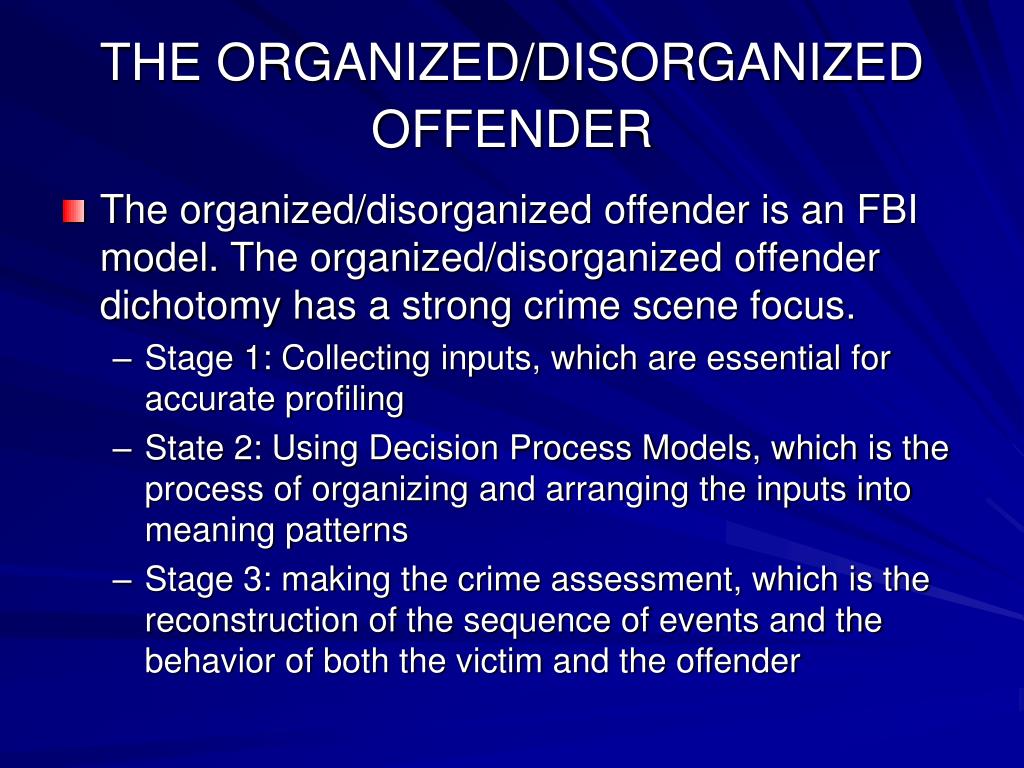 Although it is incredibly difficult, there is help to deal with childhood abuse at any age. Trauma survivors can still find hope, love, and compassion to heal their childhood wounds.
Although it is incredibly difficult, there is help to deal with childhood abuse at any age. Trauma survivors can still find hope, love, and compassion to heal their childhood wounds.
How does it happen?
When a parent mistreats or neglects a child, it is very likely that the child will develop a disorganized attachment style. In addition, parents affected by trauma or loss may experience intense anxiety, which can be passed on to their children with a similar result. When you talk to a therapist, you will learn more about your style during the interview.
During the interview, your consultant will ask you specific questions about your experience. Regardless of how your adult attachment style has evolved, disorganized attachment prevents these children from building healthy relationships. In fact, it can be difficult for children to adapt to their environment and form attachments to other people throughout their lives.
Source: pexels.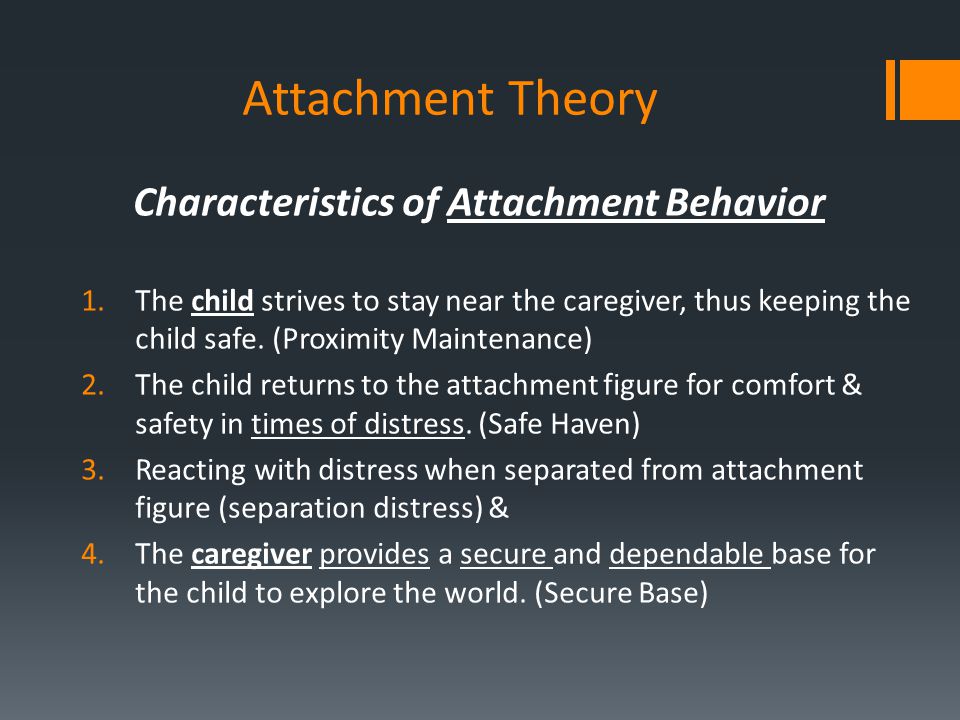 com
com
What happens to children?
To better understand attachment styles, a study was conducted to determine how children respond to parental figures in a controlled environment. This study is often done when the parents and child are in the same room. The parent element is then removed from the environment and the child element is monitored. Children with a healthy attachment style usually experience some anxiety when the parent leaves, but when the parent returns, things usually change. The child comes to the parent to calm him down, and then returns to his game.
On the other hand, a child with a disorganized attachment style usually reacts strangely to the return of a parent. At first they may move towards the parent, but then they may change their mind. They may act indifferent, run away, or even show aggression, depending on the nature of the relationship. These types of behaviors show that the child has an inner need and urge to turn to the parent for comfort and consolation, but at the same time, the child experiences fear and uncertainty about what will happen if he follows this impulse.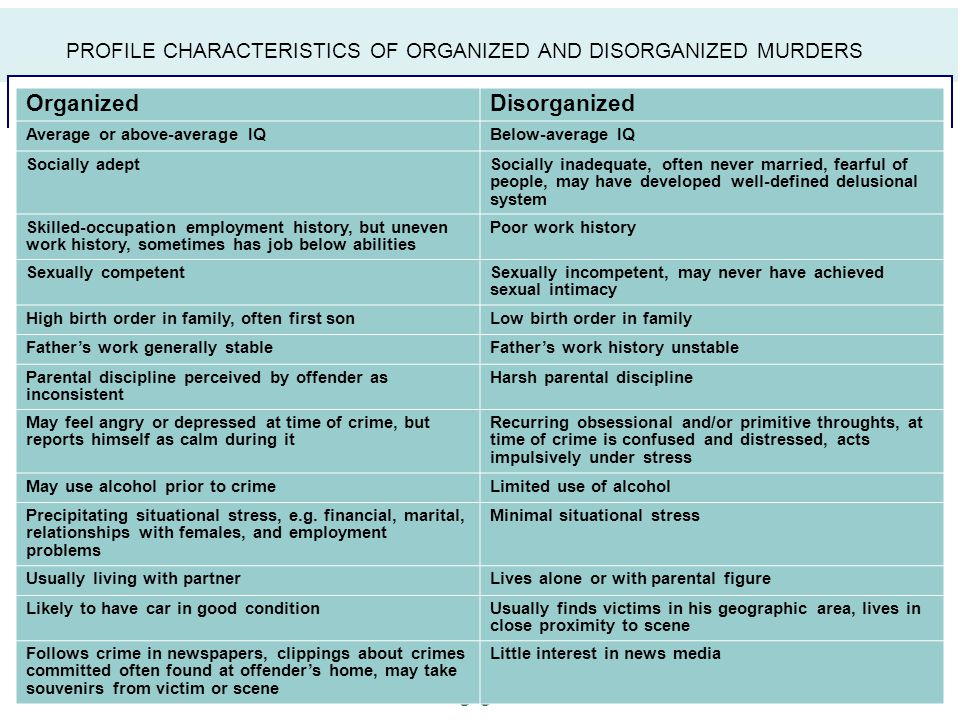
As they get older, this type of child will not be able to calm themselves down, so they tend to struggle with social interaction and may have trouble opening up to anyone. They also often have trouble making friends and may have difficulty with emotional regulation. As a result, they may act hostile or aggressive and may have trouble controlling and alleviating stress levels. They don't feel safe in this world, so they can be constantly on the lookout for what might happen to them next. Without intervention, these children are likely to carry these traits with them into adulthood.
Source: pexels.com
When they become parents, these people are likely to behave in the same way as their own children. They can be erratic, unpredictable, and disorganized. They may even become frightened during stressful moments, causing fear in their child. Because they don't understand their own experience and probably can't explain it, the cycle continues from parent to child until someone asks for help.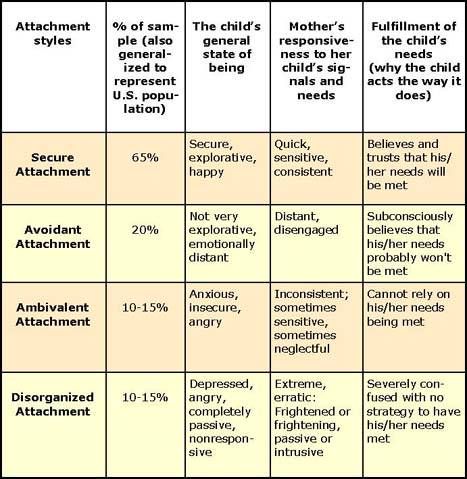 Fortunately, this behavior can be changed and the cycle stopped if the person really wants to change.
Fortunately, this behavior can be changed and the cycle stopped if the person really wants to change.
Getting help with disorganized attachment
Usually disorganized attachment is the result of some kind of trauma. By understanding and working through this trauma, a safer attachment style and a sense of emotional well-being can be developed. It is important to do this as early as possible so that the person can build healthy relationships and begin to develop trust in others and in life, but it is never too late. Even if the work is difficult, it can be done at any age.
Working with a qualified mental health professional is an important part of the process because it's hard to change your attachment style with just thinking and making lifestyle changes. Luckily, there are professionals who can help you get over your injury. Whether you're looking to improve relationships or make sure you're not passing on a disorganized attachment style to your children, it's important that you reach out to someone, especially if your injury has been severe.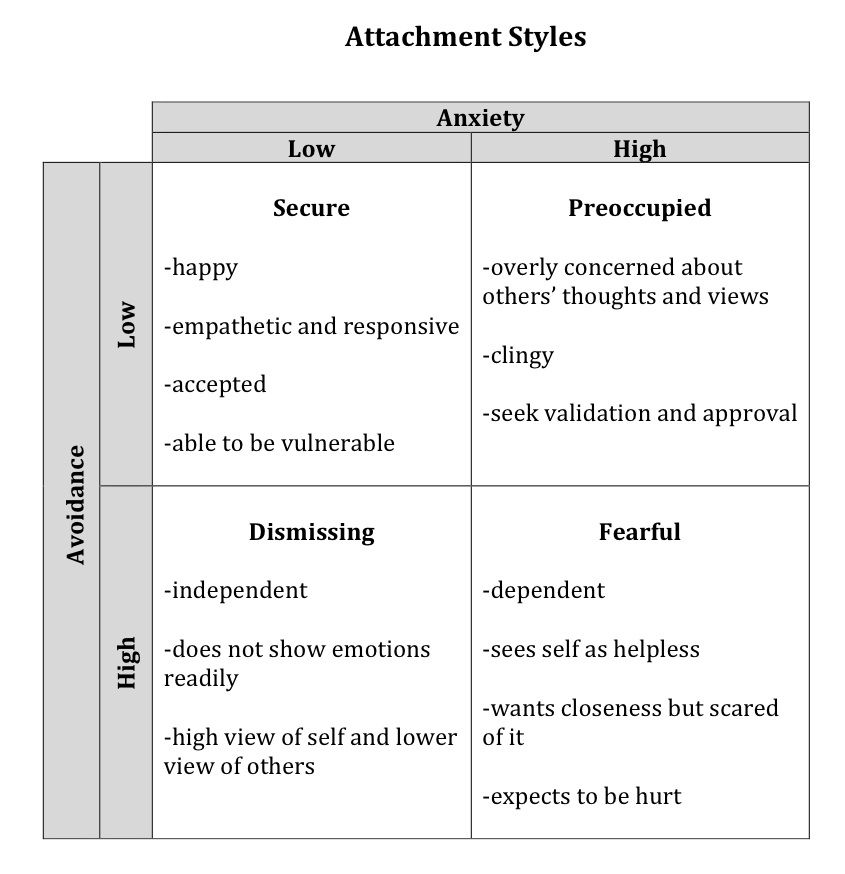
Online Therapy Can Help
If you are struggling with a disorganized attachment style, know that you are not alone and that it is treatable. The best thing you can do is find a psychologist to help you get through the trauma. You might want to consider online therapy as an option because it's affordable, safe, and convenient.
Source: pexels.com
BetterHelp is an online service that connects you with licensed consultants across the country. All you have to do is log in and you can make an appointment any time you need one. You can even meet with your consultant from the comfort of your own home or anywhere you have an internet connection. Read the reviews below to learn more about BetterHelp consultants who have helped people in similar situations.
Consultant Testimonials
'Dr. Baggs has been a great help to my anxiety and I am generally satisfied with the experience. She helped me overcome and understand the traumas of my childhood and also helped me know that I was on the right track to get help and improve my life.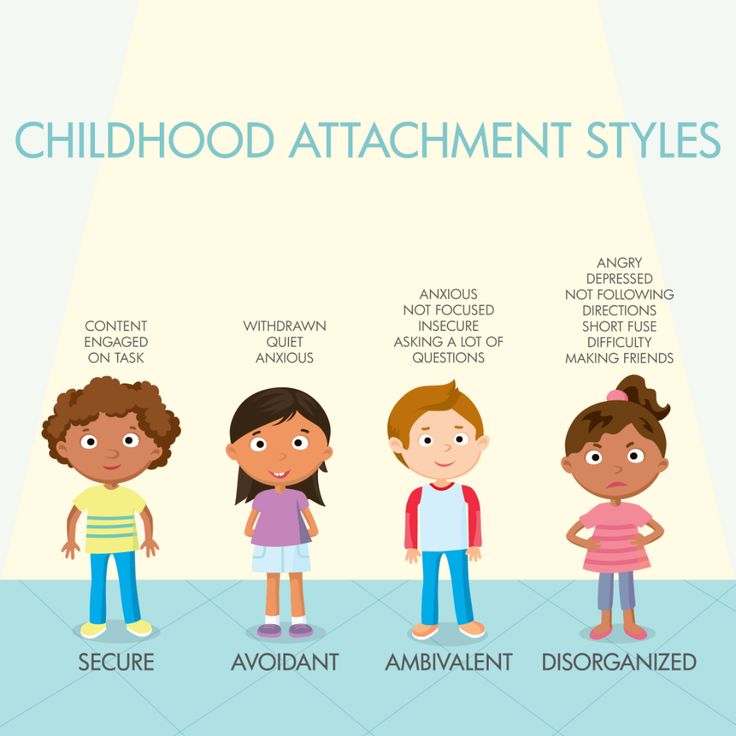 Overall a very good experience. '
Overall a very good experience. '
“When I was young, I had a trauma that negatively affected my life and my relationships. I also didn't even have the money to afford this service for a long period of time. But Danny took the time to discuss treatment options for PTSD that I knew little about before. I tried various forms of therapy with limited success, but being able to write down my feelings, thoughts, and experiences allowed me to express myself in a way that I would not be comfortable sitting alone with someone in the same room. with me. Maybe it's a sign that I'm on the older side of text/dm/ins generation, but the messenger discussion has been a game changer for me. Danny and BetterHelp helped me a lot in a short amount of time and they didn't fire me or consider me less important just because of my disadvantaged financial situation. Thanks to Danny, I found a local EMDR therapist that I can see and was very helpful. Thank you so much.'
Conclusion
Childhood trauma can affect people for the rest of their lives.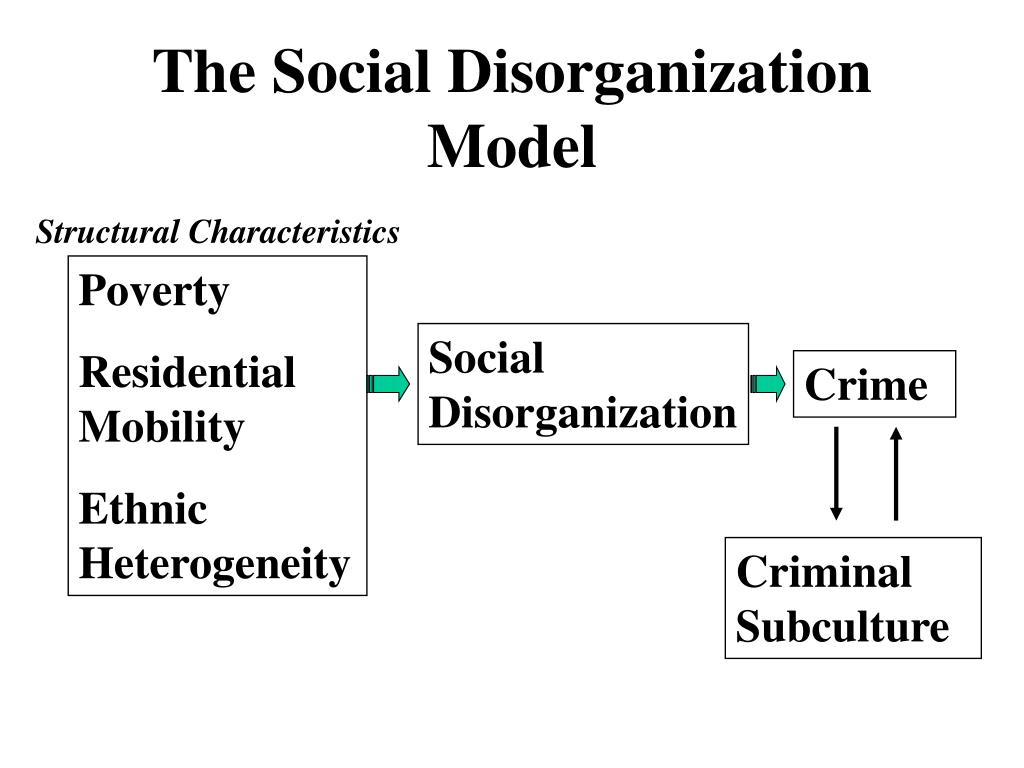 The good news is that there is hope for those who seek help. With the right tools, you can live a truly fulfilling life. Take the first step today.
The good news is that there is hope for those who seek help. With the right tools, you can live a truly fulfilling life. Take the first step today.
What is unorganized attachment? | mother today
The relationship of mother and child is unique, it is a very close relationship in which the child does not distinguish, at least during the first few months, the difference between what he is and what his mother is. Attachment is a unique affective bond that marks the life of every person. There are secure attachments and insecure attachments. And there are also unorganized attachment which has a number of characteristics and consequences in the life of a child who later becomes an adult.
Although Sigmund Freud was the first to mention intimacy in primary relationships, it was not until the attachment theory proposed by the British psychoanalyst John Bowlby between 1969 and 1980 that the term took on a real meaning. Bowley studied numerous patterns of children's behavior associated with the presence or absence of a mother figure.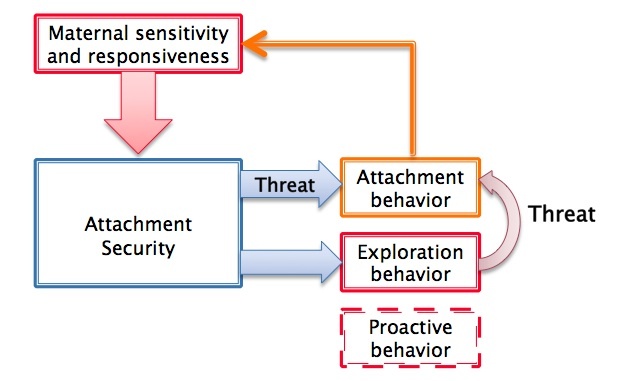 According to their findings, good attachment in early childhood is essential for the emotional development of a person from an early age. A healthy, present, but non-invasive bond between adult and child is the key to this psychoaffective development.
According to their findings, good attachment in early childhood is essential for the emotional development of a person from an early age. A healthy, present, but non-invasive bond between adult and child is the key to this psychoaffective development.
Index
- 1 Healthy and insecure attachments
- 2 Disorganized attachments
Healthy and insecure attachments or caregiver, a way of spontaneous survival. A helpless baby seeks protection in this figure. If there is a good attachment, gradually you will be able to separate yourself from this primary connection in order to be stimulated to explore the world in an increasingly independent way. Depending on the type of attachment to the mother or primary caregiver, the type of social relationship that a person will establish in the future and throughout life.
A healthy attachment is a safe investment in which the natural separation that occurs at some point between mother and child is incremental and evolutionary.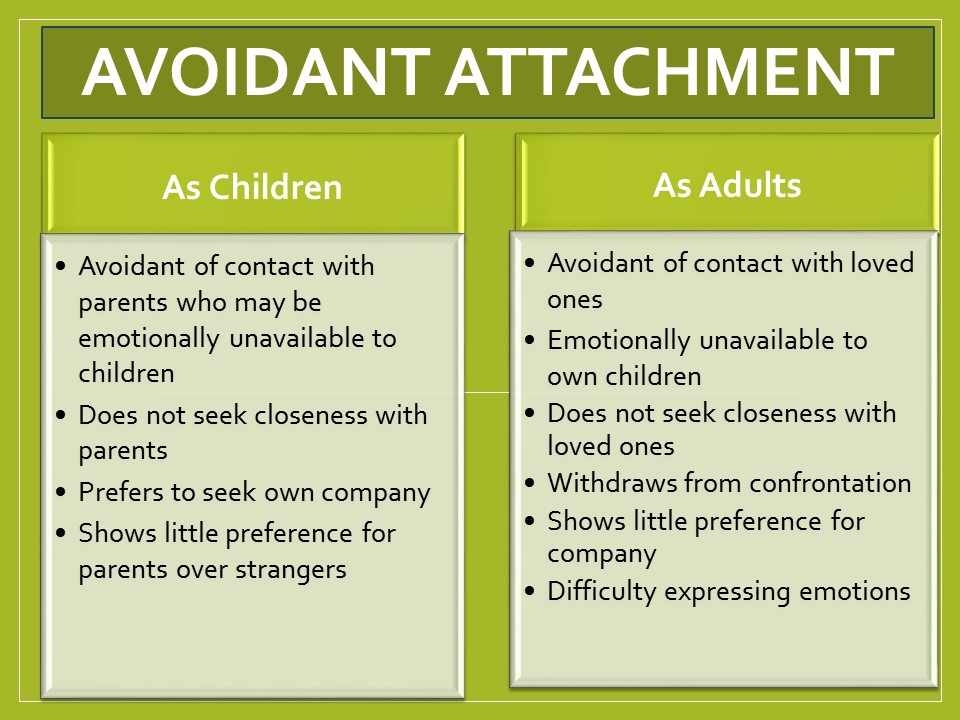 The infant learns that his mother is distancing, but then returns and feels calm, anxiety does not appear as the main symptom. A secure attachment is one that guarantees a child's physical, mental, and emotional health. In contrast, in anxious-avoidant attachment, the behavior is negative: the child exhibits little separation anxiety and little interest in the return of the attachment object.
The infant learns that his mother is distancing, but then returns and feels calm, anxiety does not appear as the main symptom. A secure attachment is one that guarantees a child's physical, mental, and emotional health. In contrast, in anxious-avoidant attachment, the behavior is negative: the child exhibits little separation anxiety and little interest in the return of the attachment object.
Or vice versa, ambivalently resistant anxious attachment, in which the child experiences severe separation anxiety, but when his mother reappears on the scene, the child becomes angry, even though he announces her presence. Finally, there is disorganized attachment - disoriented, perhaps the most difficult to decipher, since this is the type of attachment in which the child is confused by separation. That is, he registers anxiety, but at the same time does not approach the object of affection as soon as he returns.
Unorganized attachment
How is unorganized attachment produced? This is a consequence of a type of attachment in which the child feels confused about the behavior of the object of attachment.